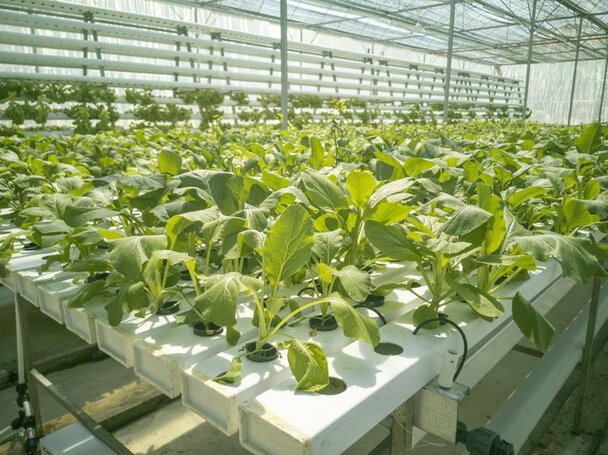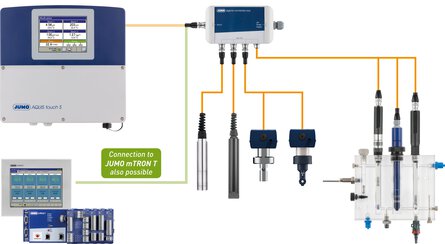Greenhouses in the Netherlands
The ideal growing condition
In the Netherlands, there are currently around 9000 specialised greenhouse horticulture companies active with a total of 10,000 ha of greenhouses. In these greenhouses, various types of vegetables, flowers and plants are grown under ideal conditions. This makes it possible to estimate more accurately and more quickly how much of which crop will be fully grown when. An additional advantage of using greenhouse horticulture is that a product can be grown all year round and is available to us, the consumer, all year round. In 2020, greenhouse horticulture in the Netherlands will be responsible for an export value of 14 billion euros in fruit and vegetables, according to Wageningen Economic Research (WeCR) and the CBS.

Greenhouse in the Netherlands







